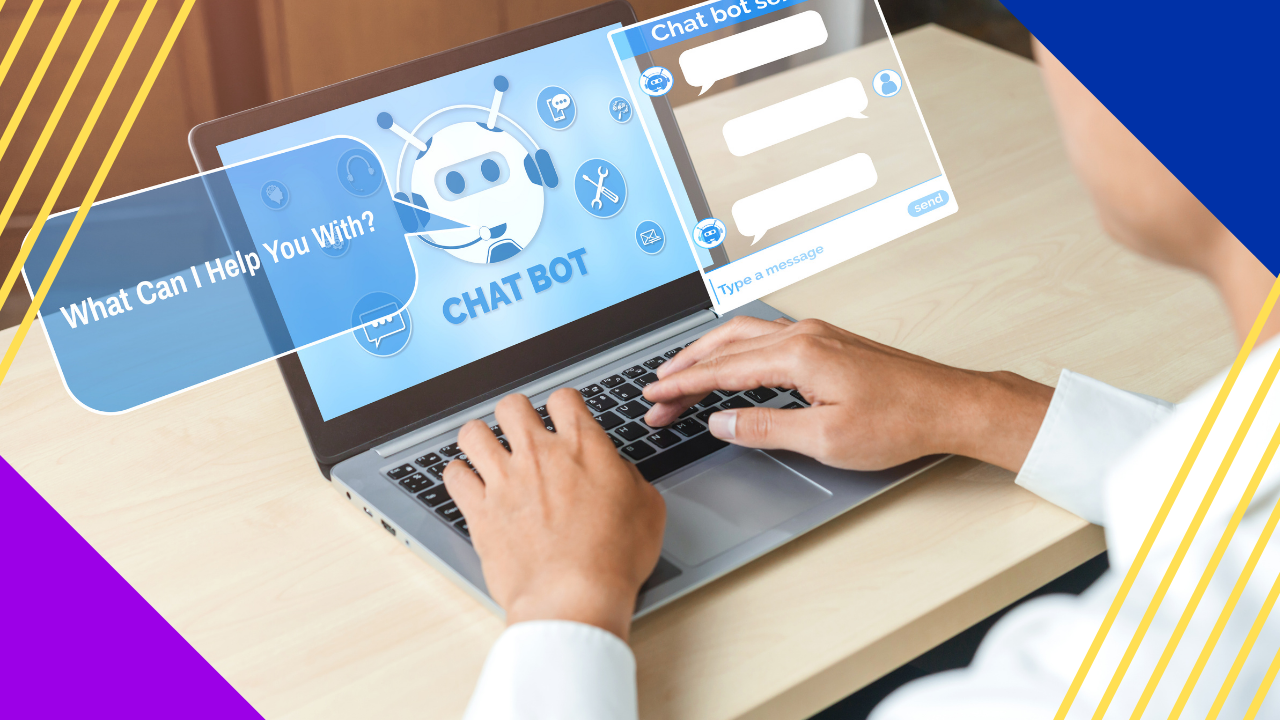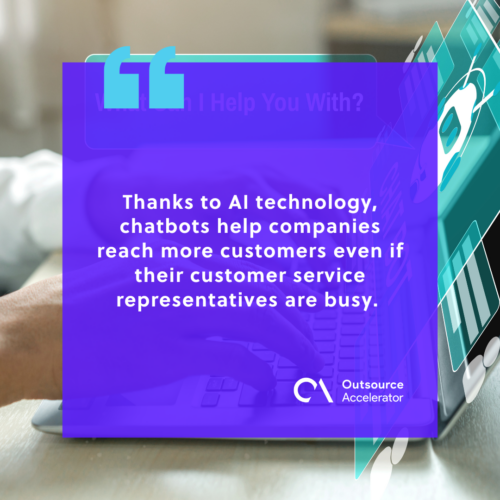Top 15 chatbot best practices in 2025

Artificial intelligence (AI) makes our daily lives easier by automating repetitive tasks and reminding us about our agendas.
Companies have utilized AIs by developing chatbots. These bots assist businesses in answering questions from their customers.
Like any other consumer-centric activity, organizations implement chatbot best practices as well.
In this article, we will be discussing the top 15 chatbot best practices in 2025:
- Identify your target audience
- Locate areas of improvement
- Identify the scope of the chatbot
- Use the right communication channel
- Give your chatbot a personality
- Keep a consumer-centric approach
- Define your chatbot’s role
- Keep your bot’s UI simple
- Plan a conversation tree
- Program instant replies
- Reengage the user
- Analyze user interaction
- Keep your bots secured
- Use chatbots where it’s needed
- Ask for feedback.
What is a chatbot?
Also called a chatterbot, it is an AI that delivers answers and additional information in an interactive way. Chatterbots are programmed to interact with customers when the latter initiates a conversation.
For instance, a customer might message a business outside its open hours. The chatbot would then inform the customer that a human representative would be able to answer their questions once they’re available.
A bot can also serve as an interactive online knowledge base.
How chatbots help businesses
Thanks to AI technology, chatbots help companies reach more customers even if their customer service representatives are busy. They keep external communications active 24/7/365.
As mentioned, these bots can serve as interactive online knowledge bases where people can ask questions and get answers immediately, even without a human operator.
This process helps businesses be more efficient in handling their target market even without the extra labor force.
A successful chatbot powered by advanced artificial intelligence (AI) technology can efficiently handle user queries and streamline customer interactions.
Customer service chatbots, by providing instant responses and personalized assistance, contribute to increased efficiency and customer satisfaction.

15 chatbot best practices to make your AI more efficient
These best practices can make the experience of having a chatbot so much more effective and efficient. AIs, software, and programs need to be maintained and updated to reach their full potential.
1. Identify your target audience
Identifying your target audience first is the most important of all chatbot best practices. Take note of how they want to reach your representatives.
Some customers prefer calling by using a hotline, some prefer email correspondence, and some like checking FAQs and how-to articles.
2. Locate areas of improvement
Certain metrics should tell you what to improve. For instance, if you have poor response times, either you need better chatbots or train more chat support representatives.
Applying a remedy to these issues before implementing a new process will be better in the long run.
3. Identify the scope of the chatbot
When identifying the scope of an AI chatbot, it is crucial to clearly outline its capabilities and limitations.
Determine if your chatbot can only handle a certain number of active requests before starting a queue.
If this is something that you can work with, proceed with the implementation. If not, find a bot with a bigger capacity for the demand.
4. Use the right communication channel
Some chatbots are programmed to be on a specific platform. For example, Manychat is a bot that caters to Facebook Messenger, while Botsify works best on a website.
Make sure to utilize different platforms to get the most out of your investment.
5. Give your chatbot a personality
There’s no doubt that customers will be interacting with this bot—so you want it to act in accordance with your brand.
Incorporating a unique personality in your chatbot can boost user engagement and offer a personalized experience similar to talking to a skilled human agent.
If your brand is bubbly and full of life, then you want your chatbot’s personality to match it as closely as possible. It is best to consult your brand manager about this chatbot best practice.
6. Keep a consumer-centric approach
Anticipate the users’ needs and act upon them accordingly.
Use simple vocabulary, and don’t be too technical with your chatbot’s reply. Keep the program’s answer short and precise, only linking to the self-help section when needed.
To maintain a consumer-centric approach, it is crucial to prioritize user feedback and integrate it into chatbot development.
When selecting a chatbot provider, it is essential to choose one that offers customizable solutions to ensure that the chatbot aligns seamlessly with consumer preferences and expectations.
7. Define your chatbot’s role
Chatbots are a magnificent piece of AI, but you still need to identify how it can help you. Does it act as the first point of contact? Is it an interactive knowledge base? Or is it just a “we’ll be back soon!” message?
Defining the role of your chatterbot can make the process so much easier.
Start by creating a well-crafted fallback message to gracefully handle queries beyond its capabilities.
8. Keep your bot’s UI simple
Simple yet effective—that should be your chatbot UI. As long as it does its job perfectly, your chatterbot doesn’t need bells and whistles to attract customers to interact with it.
9. Plan a conversation tree
Planning a conversation tree or flow is important when introducing a chatbot to a platform.
When a customer interacts with the bot, the answers will be pre-programmed, prompting the customer to be as responsive as possible.
10. Program instant replies
Customers expect quick replies when interacting with a chatterbot. Programming instant replies is one of the most important chatbot best practices.
The AI itself is programmed to respond immediately to all incoming questions and requests.
11. Reengage the user
Sometimes, users get distracted when waiting for a reply when the system is busy. Be sure to use pop-up notifications when users go idle after a definite amount of time.
12. Analyze user interaction
On a website, user interaction can be measured by “heat spots” on a certain part of a web page.
User interface (UI) and web designers can use these spots to position the pop-up chat bubbles on the page’s high-traffic areas.
This metric can also be used to analyze when users go idle after resolving a problem with the bot.
13. Keep your bots secured
All information collected by the bot should be kept secure. Companies should be able to keep their records and chatterbot confidential and away from hackers.
All parties involved should be at peace when interacting with AIs like a chatterbot.
14. Use chatbots where it’s needed
Users can visit a website that has a chatbot ready to go, or they can visit a Facebook page and have a chatbot ready to serve them at once.
Software-as-a-service (SaaS) services that offer chatbot systems can implement AIs everywhere, from websites to instant messaging platforms.
15. Ask for feedback
A small survey questionnaire can be very helpful in identifying areas for improvement. With a regular stream of feedback, companies will be one step closer to providing better service.
Chatbot best practices: Why do we need them?
It is not enough to implement a chatbot into your system and let it run by itself. These best practices ensure that you get the most out of the technology.
Not only does a chatbot help make your processes more efficient, but it also helps elevate your overall customer experience.







 Independent
Independent




